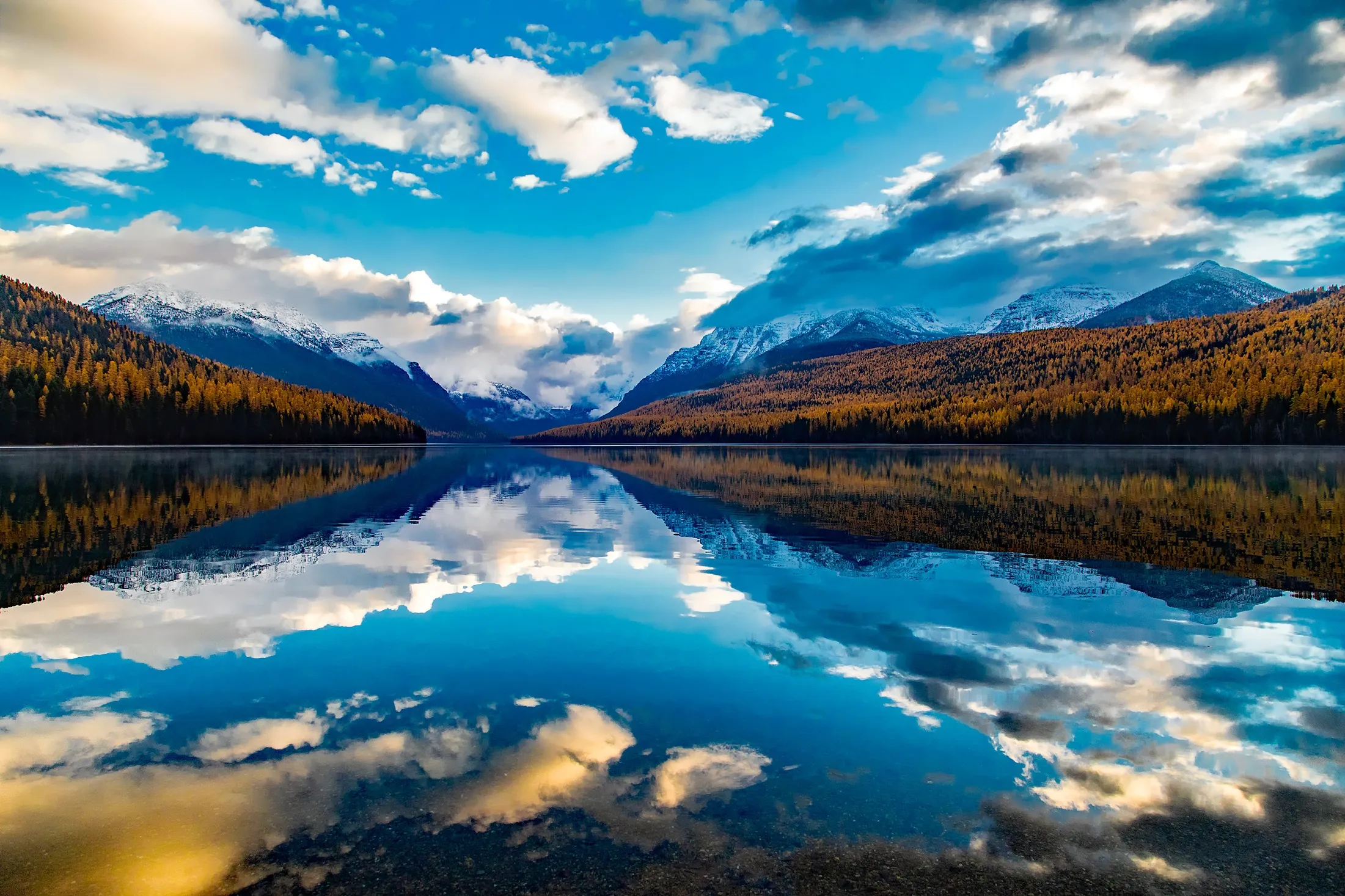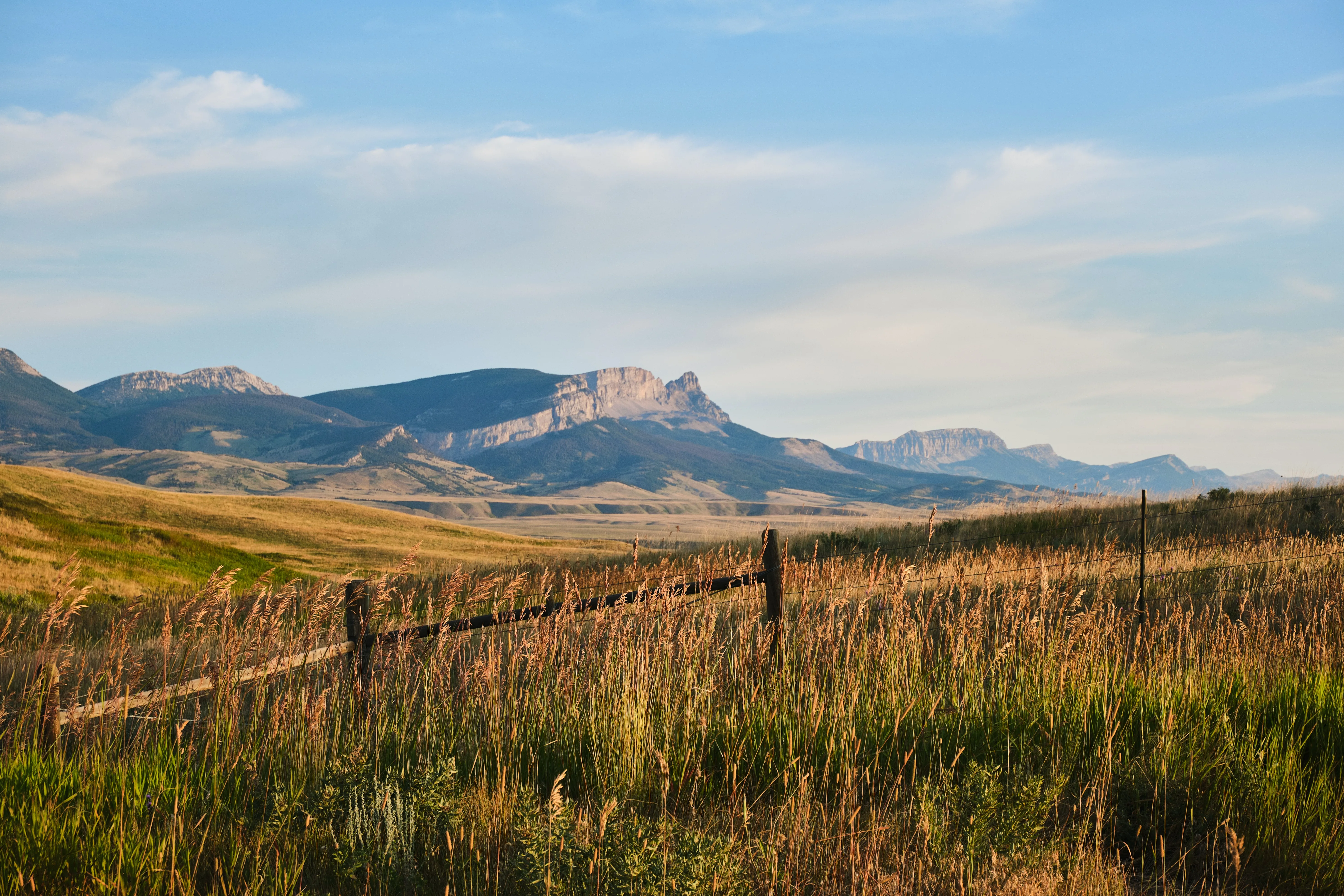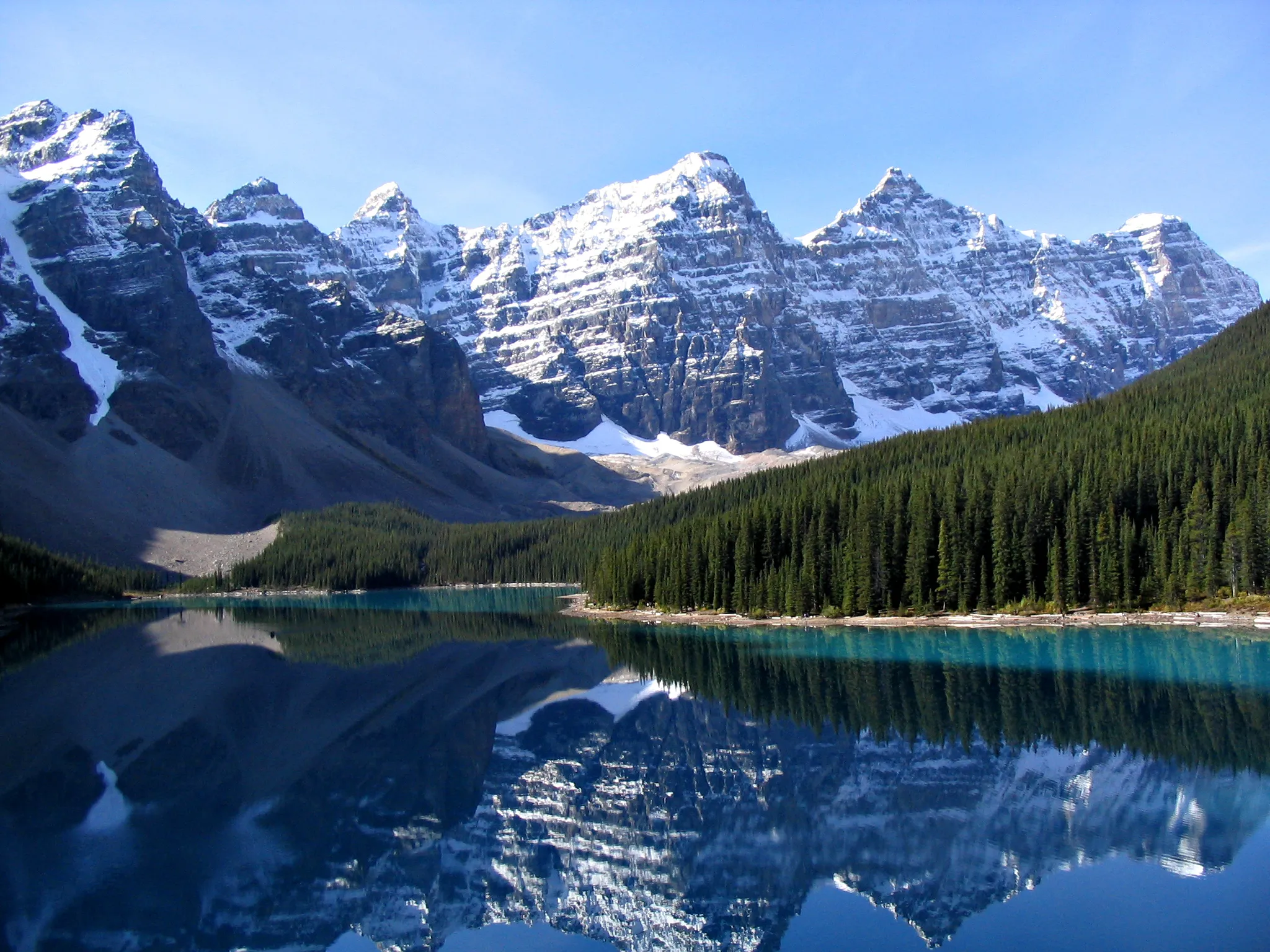Montana, nicknamed “Big Sky Country,” is renowned not only for its majestic natural landscapes but also as a haven for fishing enthusiasts. Among Montana’s numerous stunning rivers, the Bighorn River stands out as a world-class destination for trout fishing. With its crystal-clear waters, rich ecosystem, and abundant trout populations, the Bighorn River promises an unforgettable fishing experience for anyone who visits. This article from “Du Lịch Khắp Thế Gian” (Travel the World) provides a detailed guide to help you have a successful and memorable trout fishing trip on the Bighorn River.
Discovering the Bighorn River – Montana’s Hidden Gem
The Bighorn River originates in the Bighorn Mountains of Wyoming and flows through southern Montana, creating a diverse and rich ecosystem. The Montana section of the river is particularly famous for trout fishing due to its ideal environmental conditions. The Bighorn River’s water temperature is kept cold year-round thanks to releases from the Yellowtail Afterbay Dam, creating a perfect habitat for Rainbow Trout and Brown Trout.
The Bighorn River is not only an excellent fishing spot but also part of Montana’s breathtaking natural scenery. The river meanders through lush green meadows, under the shadows of majestic mountains, creating a poetic and peaceful natural landscape. Visiting the Bighorn River offers you the chance to indulge in your passion for fishing, immerse yourself in pristine nature, and enjoy the fresh air of Montana.

Preparing for Your Trout Fishing Trip on the Bighorn River
To have a fulfilling trout fishing trip on the Bighorn River, thorough preparation is crucial. Here are the key factors to consider:
1. Montana Fishing License
Before you start fishing, ensure you have a valid Montana fishing license. You can purchase this license online through the Montana Fish, Wildlife & Parks (FWP) website or at sporting goods stores across the state. Various licenses are available for residents and non-residents, with different durations and costs. Choose the license that suits your needs and length of stay.
2. Ideal Time for Trout Fishing
The Bighorn River is a year-round fishing destination; however, the best times for trout fishing are spring (March – May) and fall (September – November). In spring, trout are highly active after the long winter, while fall is when trout prepare for spawning, actively feeding to build energy reserves. Summer (June – August) is also a good time to fish, but high temperatures may drive trout to deeper, cooler waters. Winter (December – February) fishing is possible, but harsh weather conditions and cold water can reduce fish activity.
3. Suitable Fishing Gear
For trout fishing on the Bighorn River, you should use fly fishing or spin fishing gear.
- Fly fishing: This is the most popular and effective method on the Bighorn River. Fly fishing rods are typically 9 to 9.5 feet long, with a weight of #4 to #6. Fly lines should be floating or sinking tip, depending on water conditions and the flies you use.
- Spin fishing: This method is also very effective, especially for beginners. Spin fishing rods should be 6 to 7 feet long, with medium-light or medium action. Spin fishing reels in size 2500 or 3000 are suitable. Use nylon or braided line with a small diameter to increase casting distance and sensitivity to bites.
For bait, you can use artificial flies or lures, or natural bait (worms, insects). Popular fly fishing flies on the Bighorn River include Woolly Bugger, Zebra Midge, Pheasant Tail Nymph, and Elk Hair Caddis. Effective spin fishing lures are spinners, spoons, and small crankbaits.
4. Essential Clothing and Accessories
Weather in Montana can be unpredictable, especially in mountainous regions. Therefore, prepare appropriate clothing to cope with all weather conditions.
- Clothing: Layering is recommended for easy adjustment to temperature changes. Sun shirts, waterproof jackets, and quick-drying pants are good choices.
- Footwear: Wading boots are necessary if you plan to wade into the river to fish. Otherwise, comfortable athletic shoes or hiking boots will suffice.
- Accessories: A sun hat, polarized sunglasses (to reduce glare and see fish underwater), sunscreen, insect repellent, and a water bottle are essential accessories.

Effective Trout Fishing Techniques on the Bighorn River
The Bighorn River is known for its clear water, allowing you to easily spot trout. However, this also means trout can easily spot you. Therefore, applying skillful fishing techniques is crucial.
1. Approach Fish Discreetly
When approaching a fishing area, move quietly and avoid making loud noises. Trout are very sensitive to noise and vibrations. Try to conceal yourself behind bushes, rocks, or use camouflage clothing to avoid being detected by fish.
2. Choose Strategic Fishing Spots
Trout often congregate in areas with complex water structures, such as rapids, river bends, or where the current slows down. Focus your fishing efforts in these locations. Additionally, areas near the banks, under trees, or where currents converge are also potential fishing hotspots.
3. Basic Fly Fishing Techniques
If you choose fly fishing, practice your fly casting technique to accurately cast your fly to the desired location. The dead drifting technique is very effective on the Bighorn River. Let your fly drift naturally with the current, occasionally twitching your rod tip to attract attention. When you feel a bite, set the hook firmly but not too forcefully to avoid tearing the fish’s mouth.
4. Effective Spin Fishing Techniques
With spin fishing, the cast and retrieve technique is common. Cast your lure to the desired location and retrieve it at a moderate speed, occasionally jerking the rod tip to create attractive movement. Vary your retrieval speed and lure types to find the most effective method for the day.
5. Catch and Release
The Bighorn River encourages a catch and release policy to conserve trout populations. If you do not intend to keep fish for consumption, release them back into the river after catching them. Use a rubberized landing net to minimize harm to the fish when bringing them ashore. When releasing fish, gently place them back in the water and let them swim away on their own.

Fishing Support Services on the Bighorn River
If you are a beginner or want to improve your fishing skills, there are many professional fishing support services available on the Bighorn River.
1. Professional Fishing Guides
Hiring a local fishing guide is an excellent option. An experienced guide will help you choose the best fishing spots, teach effective fishing techniques, and provide all necessary equipment. They also have extensive knowledge of the Bighorn River and its ecosystem, ensuring you have a safe and successful fishing experience.
2. Renting a Fishing Boat
Drift boat fishing is a fantastic way to explore the Bighorn River and access fishing areas that are difficult to reach from the shore. Many companies offer fishing boat rentals and shuttle services on the Bighorn River. Renting a boat allows you to move easily along the river and fish in various locations.
3. Fishing Tackle Shops
Local fishing tackle shops are not only places to buy fishing gear but also valuable sources of information. Shop staff are often passionate anglers with knowledge of the current fishing conditions on the Bighorn River. They can advise you on effective flies, good fishing spots, and other helpful fishing tips.
Combining Fishing with Montana Tourism
Your trout fishing trip on the Bighorn River will be even more enjoyable if you combine it with exploring other attractive tourist destinations in Montana.
- Yellowstone National Park: Just a short drive from the Bighorn River, Yellowstone is the world’s first national park, with countless magnificent natural landscapes such as hot springs, geysers, canyons, and wildlife.
- Glacier National Park: Located in northern Montana, Glacier is famous for its glacier-capped mountains, pristine lakes, and the stunning Going-to-the-Sun Road.
- Bozeman Town: A vibrant college town with numerous restaurants, bars, museums, and outdoor activities.
- Helena – Montana’s Capital: Visit the State Capitol building, the Cathedral of Saint Helena, and explore the town’s gold mining history.

Conclusion
Trout fishing on the Bighorn River is not just a recreational activity but also a wonderful experience to immerse yourself in pristine nature and enjoy the beauty of Montana. With this detailed guide from “Du Lịch Khắp Thế Gian,” we hope you will have a successful and memorable trout fishing trip on the legendary Bighorn River. Pack your bags, plan your trip, and discover this fishing paradise today!